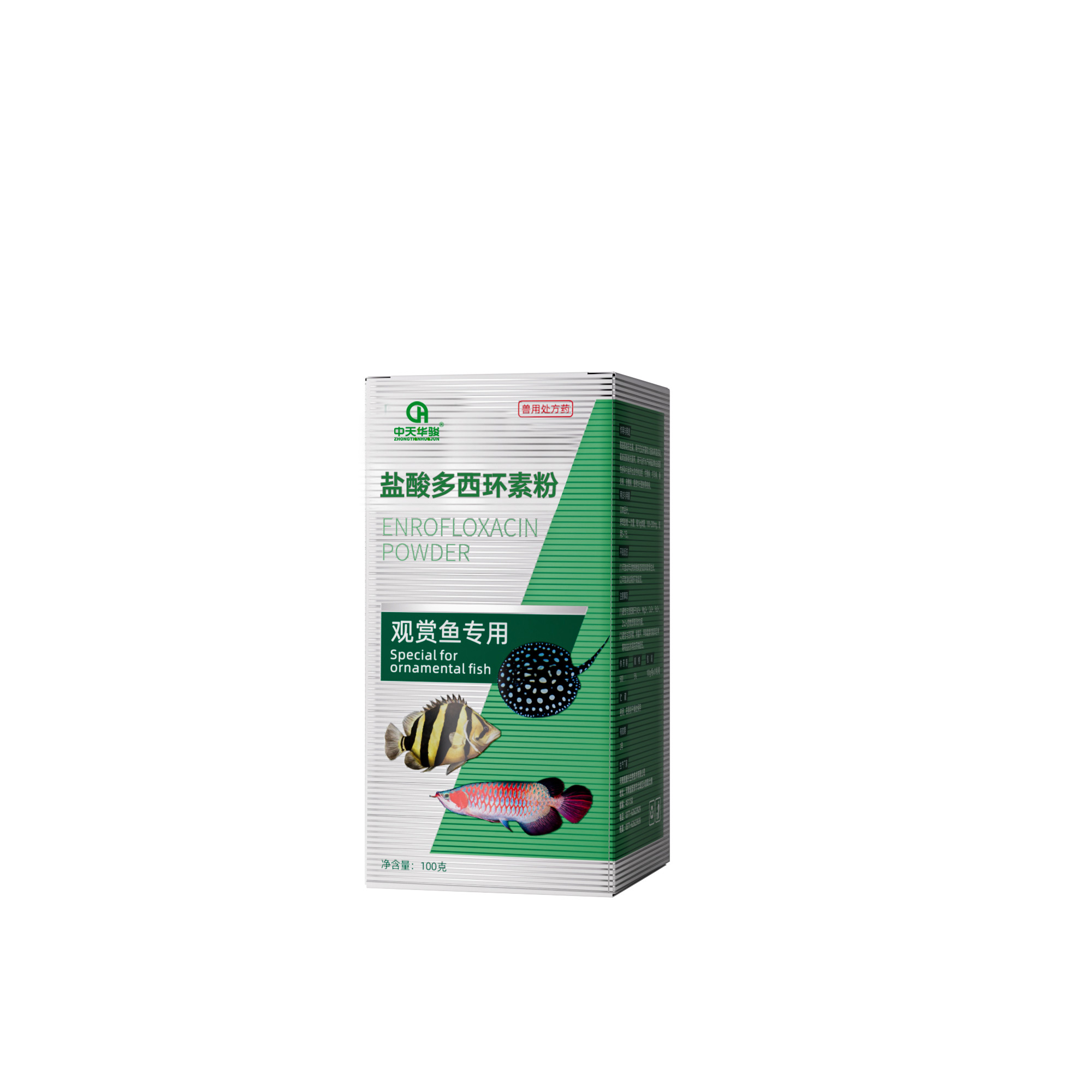
Aug . 10, 2024 08:35 Back to list
Diclazuril Manufacturing Processes and Specifications for Quality Control and Industry Standards
Diclazuril An Overview of Its Production and Applications in Veterinary Medicine
Diclazuril is an important pharmaceutical compound widely used in veterinary medicine, primarily as an anti-coccidial agent for poultry and other livestock. Coccidiosis, a parasitic disease caused by various species of Eimeria, poses significant economic threats to the livestock industry due to reduced growth rates, poor feed conversion, and increased mortality. Diclazuril, with its efficacy against these protozoan parasites, plays a vital role in managing and preventing coccidiosis outbreaks, making it a crucial product from its manufacturing base.
The production of diclazuril occurs in specialized facilities known as pharmaceutical factories. These facilities are designed to meet stringent quality control standards and regulations to ensure product safety and efficacy. The manufacturing process typically involves several key steps, including the synthesis of the active pharmaceutical ingredient (API), formulation, and packaging.
Diclazuril An Overview of Its Production and Applications in Veterinary Medicine
Once the API has been synthesized, it undergoes rigorous testing to ensure that it meets the required pharmacopoeial standards. This includes testing for purity, potency, and the presence of any contaminants. After passing these quality control tests, the diclazuril is then formulated into suitable dosage forms, such as powders, granules, or solutions, which may be administered orally or via other routes depending on the specific application.
diclazuril factory

The formulation stage is critical because it not only impacts the stability and solubility of the drug but also determines how effectively the diclazuril can be absorbed and utilized by the target animals. Excipient materials are added during this stage to enhance the delivery and absorption of the drug. After formulation, the products are packaged for distribution. Packaging must also comply with regulatory standards, including labeling that provides information on dosage, administration, and potential side effects.
Diclazuril’s application in veterinary medicine stretches beyond poultry; it is also used in the treatment of coccidiosis in cattle, sheep, and goats. Its effectiveness in controlling the lifecycle of coccidia significantly reduces the reliance on multiple treatments, making it both a cost-effective and environmentally sustainable solution. The use of diclazuril not only helps prevent disease outbreaks but also supports animal welfare by reducing the incidence of suffering associated with parasitic infections.
In recent years, there has been growing emphasis on the responsible use of veterinary pharmaceuticals, including diclazuril. This underscores the importance of adhering to withdrawal periods, ensuring that meat and egg products are free from drug residues at the time of consumption.
In conclusion, diclazuril is a critical component in the prevention and treatment of coccidiosis in livestock. Its production in specialized factories involves careful synthesis, formulation, and rigorous quality control to ensure its safety and effectiveness. As the agricultural industry continues to seek sustainable and efficient solutions to animal health challenges, diclazuril will undoubtedly remain a key player in veterinary medicine, supporting both economic viability in livestock operations and the welfare of animals.
-
Premium China Bacillus Subtilis Supplier & Factory Solutions
NewsJul.30,2025
-
Premium Avermectin Supplier in China | Custom Solutions Available
NewsJul.29,2025
-
China Bacillus Subtilis Supplier - Custom Factory Solutions
NewsJul.29,2025
-
China Salivation: Leading Custom Salivation Supplier & Factory Solutions
NewsJul.29,2025
-
Leading Lincomycin Hydrochloride Manufacturer & Supplier with High Purity
NewsJul.29,2025
-
Bio-Enzyme Yogurt Growth Promoter Factory - Top Quality Manufacturer & Supplier
NewsJul.28,2025




